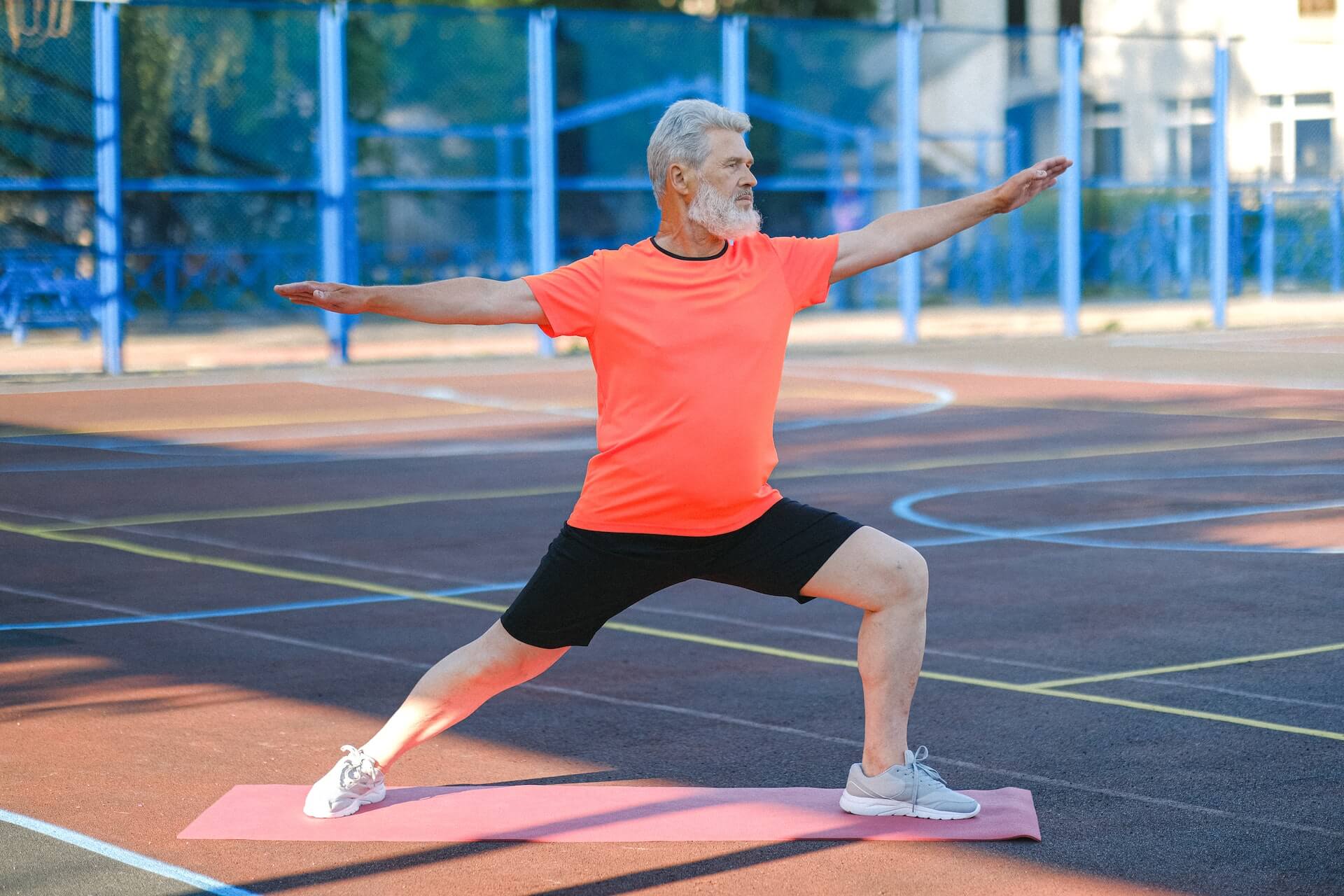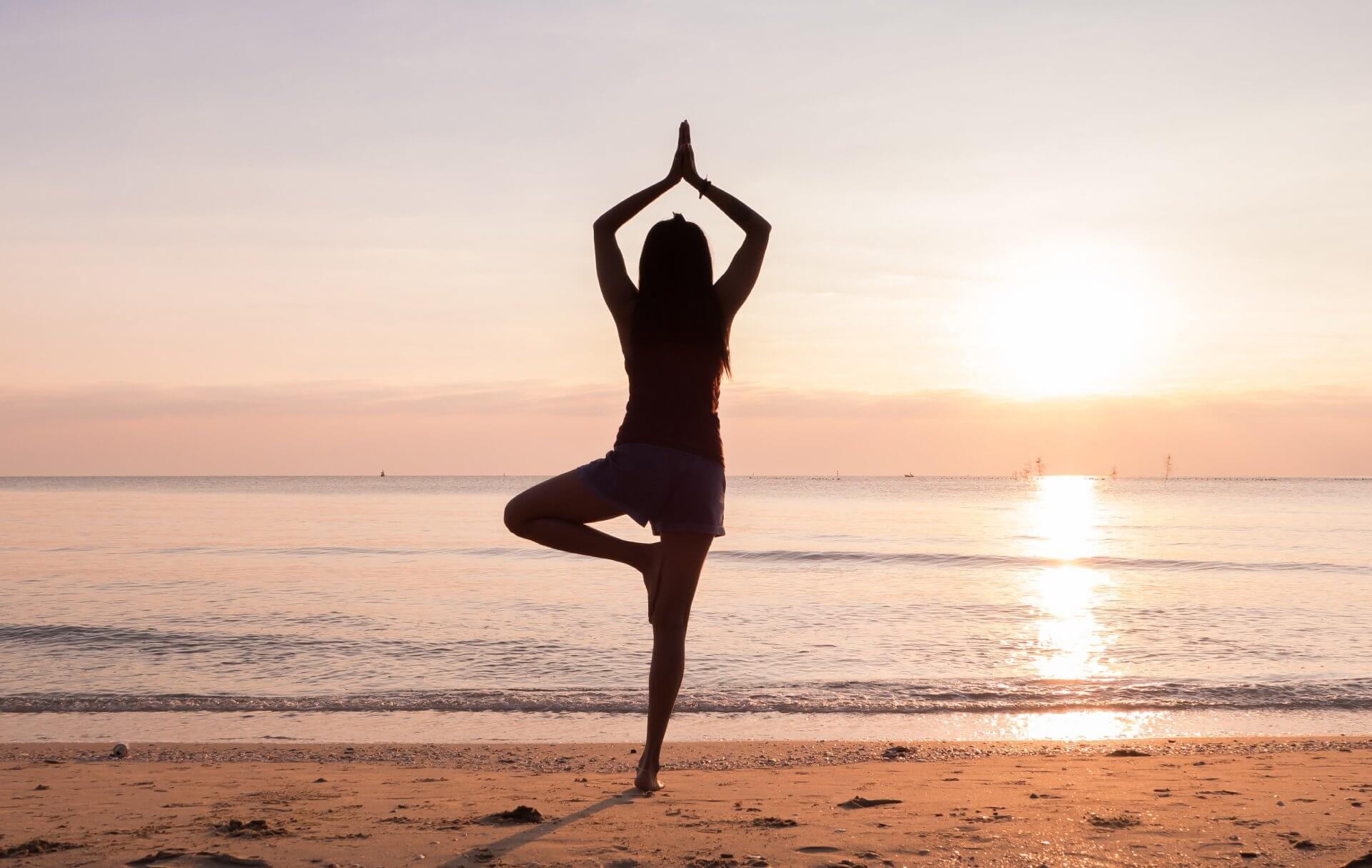Picture yourself standing at the edge of a vast, flowing river. On the opposite bank awaits a new chapter of your life, brimming with unfamiliar challenges and opportunities. The current is strong, and the prospect of crossing to the other side can be daunting. Life changes, whether they involve significant career shifts, personal milestones, or unexpected twists, often feel like navigating this river. The secret to traversing it successfully? The twin practices of mindfulness and yoga.
Understanding Life Transitions
Life transitions are an intrinsic and undeniable facet of our shared human experience. They manifest in myriad forms, ranging from the anticipated milestones of graduation, marriage, parenthood, to the entirely unforeseen twists of fate such as sudden job loss, unexpected health crises, or the profound grief following the loss of a cherished loved one. Each transition, whether eagerly awaited or abruptly thrust upon us, unfailingly ushers in a cascade of psychological and emotional shifts.
The expected transitions, such as starting a family or embracing a new career opportunity, often bring forth a mix of exhilaration and anxiety. While we may eagerly anticipate these shifts, they carry with them the weight of new responsibilities, the fear of the unknown, and the pressure to live up to societal or personal expectations. This blend of emotions can be both thrilling and disconcerting, akin to standing at the precipice of a great adventure, the path shrouded in mist.

Conversely, the unexpected transitions, like the shock of a sudden job loss or the anguish of a health crisis, can feel like the ground has been pulled from beneath our feet. These unanticipated life events thrust us into uncharted territory, where we grapple with confusion, disbelief, and an overwhelming sense of vulnerability. It’s during these moments that we may question our own resilience and capacity to navigate the treacherous waters of change.
In both cases, whether the transitions are longed for or unwanted, they share a common thread—a propensity to incite emotional and psychological turmoil. The emotional spectrum, during these times, can resemble a tempestuous sea, with waves of joy, sorrow, fear, and hope crashing against the shores of our consciousness. It’s natural to feel overwhelmed, unsure, and even a bit lost amidst this tumultuous inner landscape.
Yet, while life transitions undoubtedly present their challenges, they also offer opportunities for growth, self-discovery, and transformation. They serve as invitations to explore uncharted facets of ourselves, to cultivate resilience, and to recalibrate our priorities and values. In essence, life transitions are the crucibles in which our character is tested and refined, ultimately contributing to our personal evolution.
As we delve deeper into understanding how yoga and mindfulness can serve as invaluable tools in navigating these transitions, it’s important to recognize that our emotional responses to change are not a sign of weakness, but rather a testament to our humanity. They remind us that we are sentient beings, capable of experiencing the full spectrum of human emotions. Embracing this understanding can be the first step towards harnessing the power of yoga and mindfulness to navigate life’s shifting tides with grace and resilience.
The Role of Yoga in Navigating Transitions
Yoga, with its deep roots in ancient philosophy and practice, provides a powerful means to navigate life changes. It transcends mere physical postures; it’s a holistic approach that encompasses the mind, body, and spirit. Here’s how yoga can be a guiding light during transitions:
- Enhanced Emotional Resilience: Yoga fosters emotional resilience, enabling you to adapt to change with greater ease. The challenging poses and mindful breathwork mirror life’s ups and downs, teaching you to stay steady and resilient.
- Mental Clarity: The practice of mindfulness within yoga enhances mental clarity. It empowers you to see situations more clearly and make informed decisions during transitions when the path ahead might seem uncertain.
- Physical Well-Being: Yoga maintains the body’s strength and flexibility, providing the physical stamina needed to face life’s shifts with vitality and grace.
Mindfulness in Transition
Before we delve deeper into yoga practices to navigate life changes, let’s explore the concept of mindfulness. Mindfulness is the practice of being fully present in the moment, without judgment. It encourages the acknowledgment and acceptance of your thoughts and emotions as they arise.
Mindfulness is like a guiding star during life transitions. It helps you stay grounded and centered, reducing feelings of anxiety and uncertainty. By observing your thoughts and emotions without judgment, you can make decisions that align with your values and priorities.
Yoga Poses for Transition
Yoga offers a multitude of poses that provide support and strength during life transitions. Here are four poses to consider incorporating into your practice:
- Mountain Pose (Tadasana): In this pose, you stand tall with your feet together, rooting yourself like a mountain. Feel the stability and inner strength that it instills in you.
- Warrior II (Virabhadrasana II): Assume a wide stance, bend your front knee, and extend your arms. Sense the strength and resilience coursing through your body, mirroring the warrior’s courage.
- Child’s Pose (Balasana): Kneel on the floor, sit back on your heels, and extend your arms forward. Surrender to the pose and release tension as you connect with your breath, symbolizing the importance of surrender and release during transitions.
- Tree Pose (Vrikshasana): Stand on one leg, placing the sole of your foot on the inner thigh or calf of the other leg. This pose signifies balance and adaptability—the ability to sway with the winds of change while maintaining your center.
Each of these poses can help you cultivate inner strength and balance, enabling you to embrace change with a steady heart.
Breathwork and Meditation
Breathwork, or pranayama, plays a significant role in maintaining a calm and focused mind during transitions. Deep, intentional breaths can soothe anxiety and provide clarity. Pairing breathwork with meditation further enhances mindfulness. Consider incorporating a daily meditation practice to help you stay centered and present, regardless of the changes swirling around you.
Yoga for Specific Life Transitions
Yoga and mindfulness can be customized to address different types of life transitions:
- Career Transitions: If you are starting a new career path or facing a job change, focus on poses that boost confidence and reduce stress. You might find that poses like Warrior I (Virabhadrasana I) and Triangle Pose (Trikonasana) resonate with your journey.
- Relationship Changes: During relationship shifts, turn to yoga and mindfulness to promote self-love and healing. Heart-opening poses such as Cobra Pose (Bhujangasana) and Bridge Pose (Setu Bandha Sarvangasana) can help you navigate the emotional terrain.
- Health Challenges: For those facing health challenges, yoga can offer physical and emotional healing. Restorative poses like Supported Child’s Pose and Savasana provide relaxation and rejuvenation.
It’s important to note that yoga is not a one-size-fits-all solution. Tailor your practice to suit your unique needs during any life transition.
Building a Mindful Transition Routine
Incorporating yoga and mindfulness into your daily or weekly routine during life changes can be transformative. Here’s a simple plan to get you started:
- Start Slow: Begin with just a few minutes of mindful breathing or meditation each day. Gradually increase the duration as you become more comfortable. Remember, the goal is not perfection but consistency.
- Designate a Space: Create a tranquil space for your practice, free from distractions. Lighting a candle or playing soft music can set a peaceful atmosphere that signals your mind that it’s time to transition into mindfulness.
- Set Realistic Goals: Avoid overwhelming yourself with overly ambitious plans. Set achievable goals and adapt your practice to your evolving needs. Life changes are dynamic, and your practice should be too.
Mindful Self-Compassion
Lastly, remember to be compassionate toward yourself during transitions. Treat yourself with the same kindness and understanding that you offer to others. Yoga and mindfulness are powerful tools for fostering self-compassion. They encourage self-reflection and self-acceptance, helping you build a healthier and kinder relationship with yourself.
Final Thoughts
Life transitions are a part of the human experience, and while they may be challenging, they also offer opportunities for growth and self-discovery. Think of your yoga mat as a bridge that helps you cross the river of change with confidence, and mindfulness as your guiding star. Embrace life’s transitions as stepping stones toward a more profound understanding of yourself and your capabilities.






